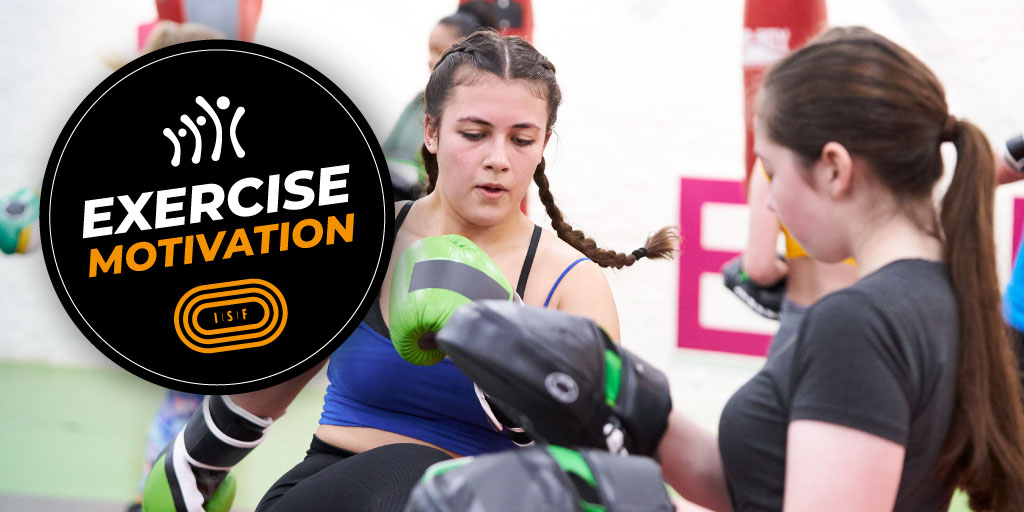How do you encourage people to be physically active?
Every coach and student of sports coaching grapples with this throughout their time in the industry. Each set of people you come across may have different needs and drivers. A good coach and student learn how to find these markers and use them to create better fitness outcomes.
Why do they want to know this?
Well, in a perfect world, everyone wants to be physically active! And why wouldn’t they? Being active has multiple benefits. It improves your sleep. Strengthens your muscles. Improves your energy and reduces your chances of developing conditions associated with obesity and an unhealthy lifestyle.
Could the key to fitness motivation have been found?
Latest research from the Les Mills Research Lab, the popular group fitness company, found that turning exercise into a habit is a key differentiator between active and inactive people. In the study, they used a group of people who for 10 years had regularly exercised and compared them with those who rarely exercised.
The results showed that participants who favoured automaticity, finding a regular day and time to exercise, were more likely to keep to it. Since it takes 22 days on average to form a habit, it’s the regularity that is key to being active and staying active.
So, what are the barriers to activity for inactive people?
The study found that participants lacked motivation, time, and facilities to be active. But the biggest factor by far was the lack of social support (51%). Doorstep Participants from the organisation StreetGames, saw similar structures amongst young people. It was having social groups that could hold them accountable, that were strong reasons to be active.
More than three-quarters (77%) of the active group saw their lives, careers, relationships, and quality of life as more satisfying compared to 38% of the inactive group. The inactive felt they lacked control of their lives, in comparison to the active group, and had consistent feelings of stress and anger.
Around two-thirds of inactive participants lacked interest in sport in comparison to 15% of active people, and nearly half (49%) felt self-conscious, compared with 8% of active people. That’s where fitness professionals in group and one-to-one capacities come in. It’s their role to help people feel a connection to fitness so they can get the best out of being active.
Our students are the future of inclusive sports coaching. Be part of our ISF evolution now.
Or
Take your first step to inclusive coaching with First Step Training. Check out our website and wide range of courses, for more info.



